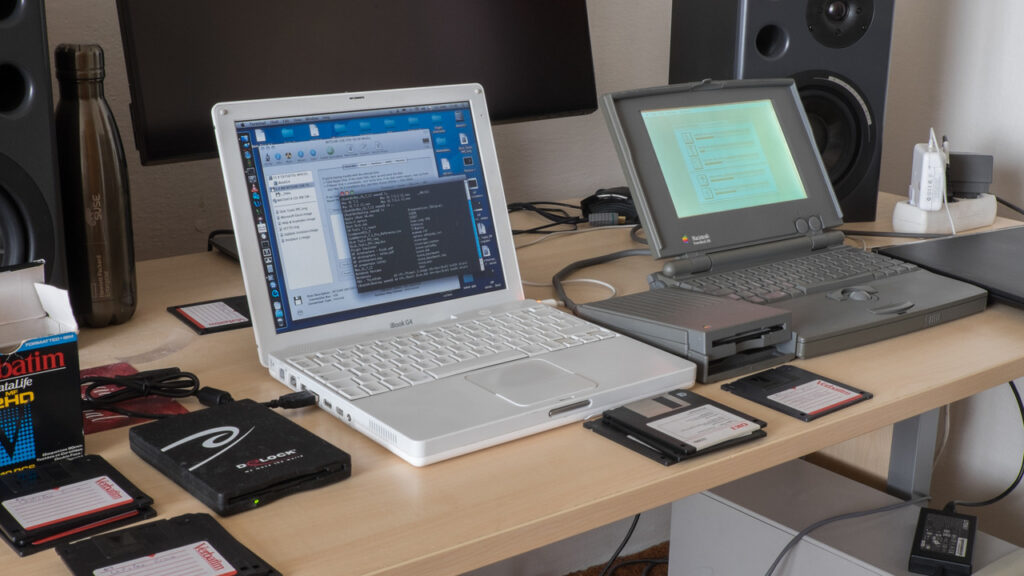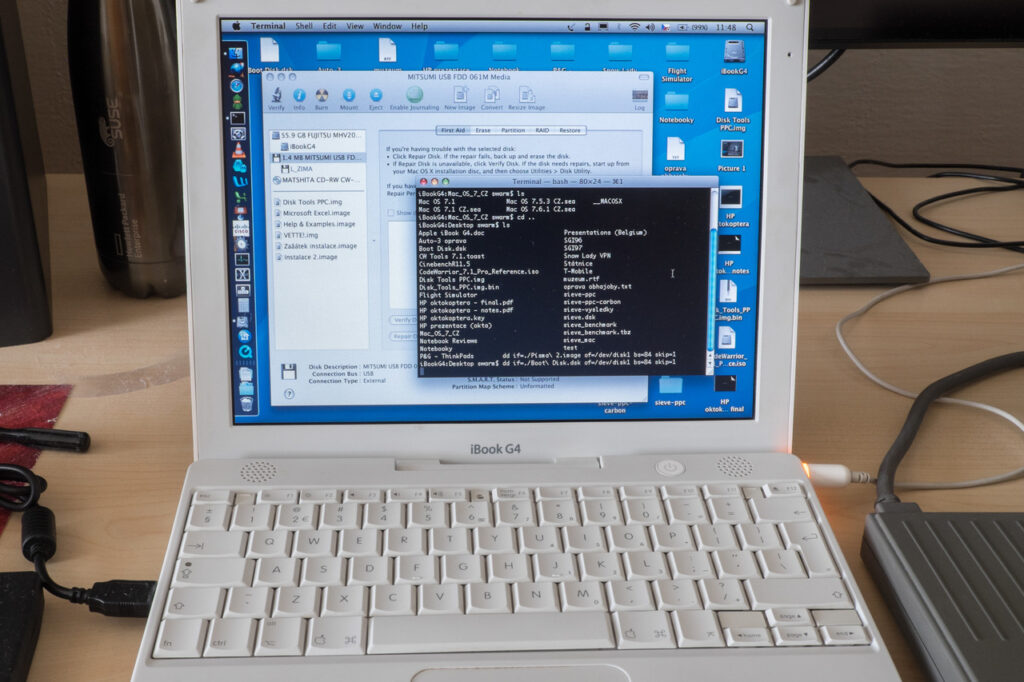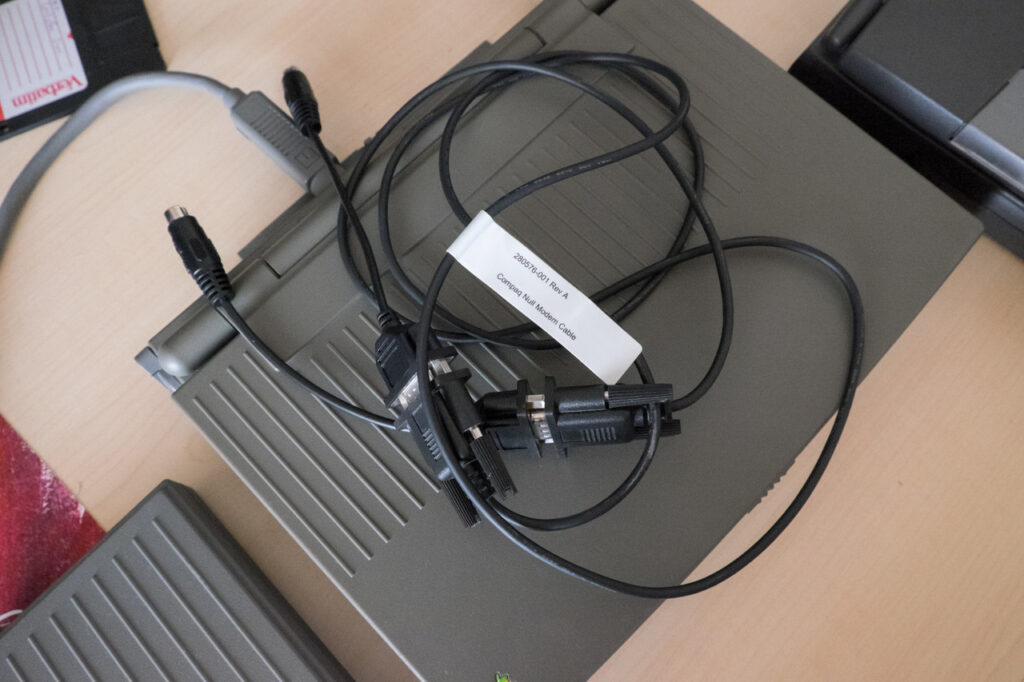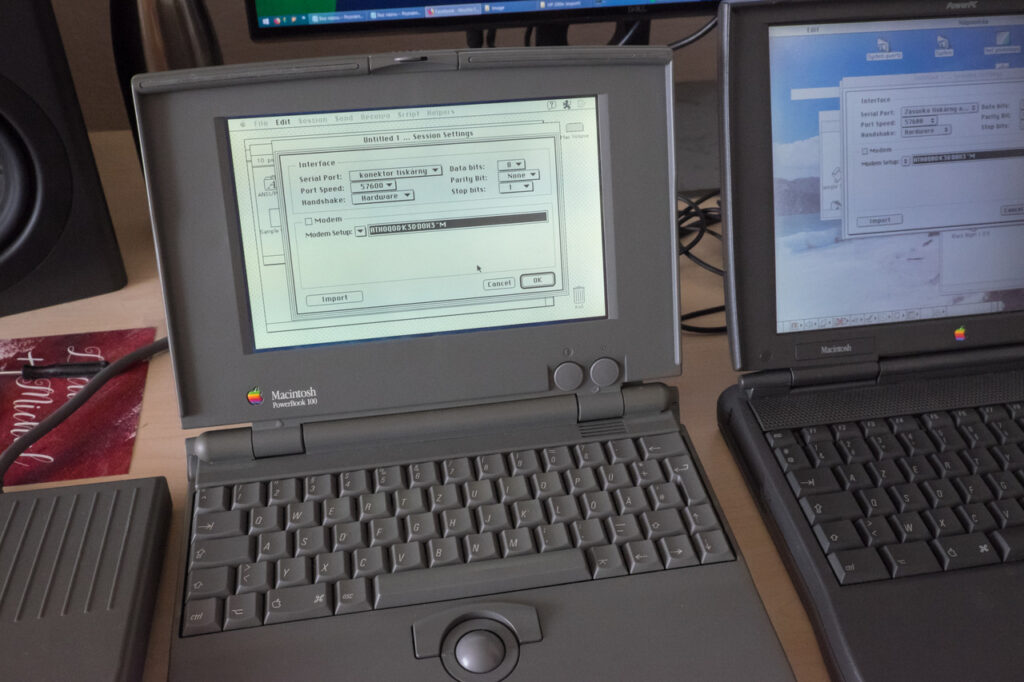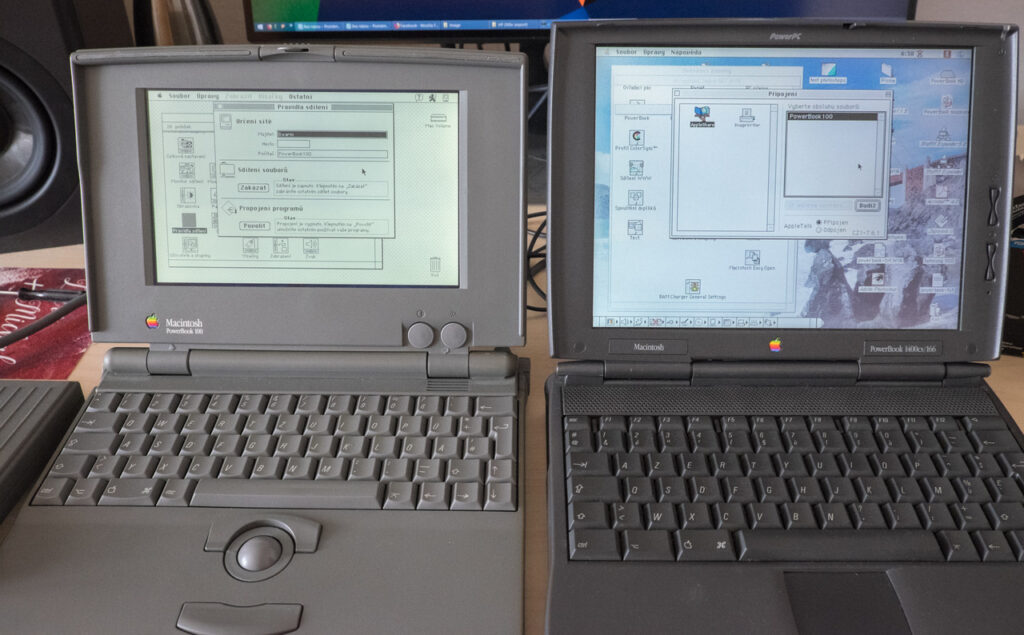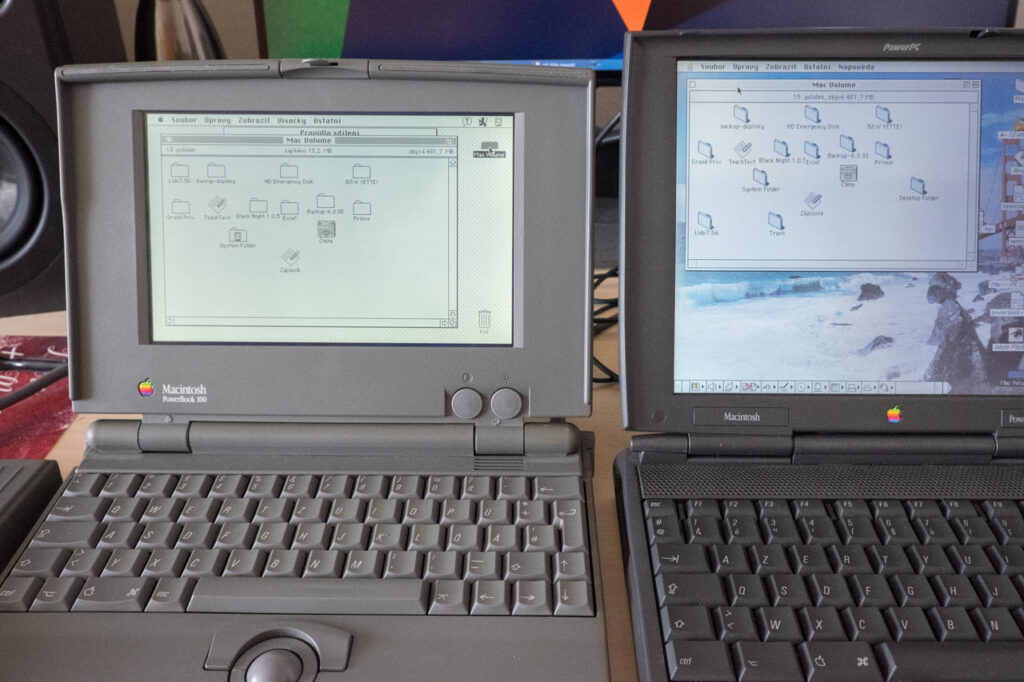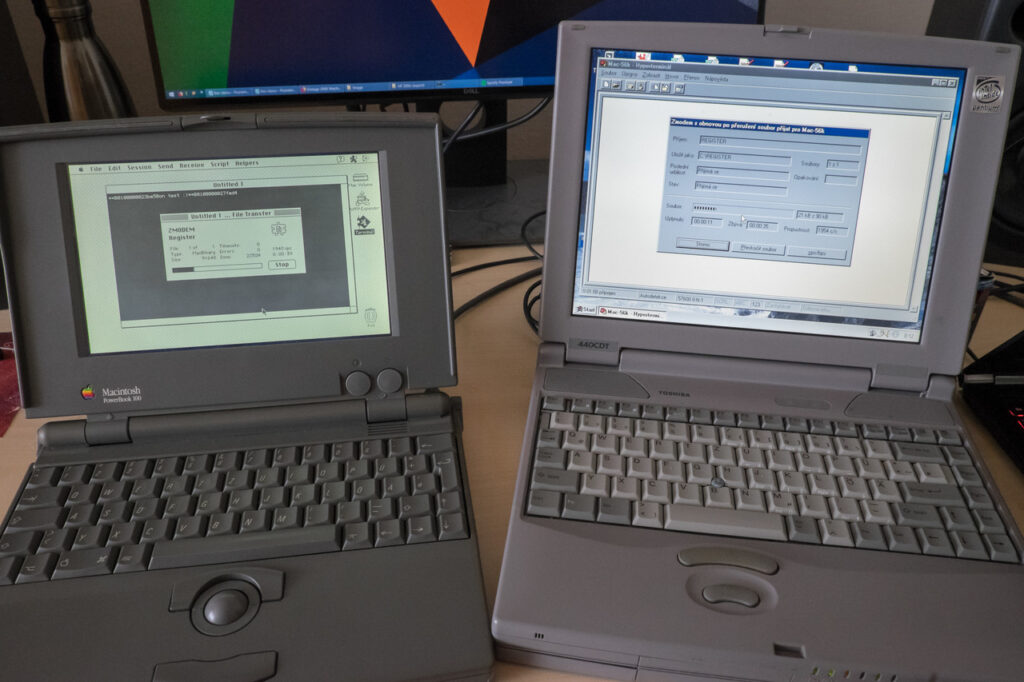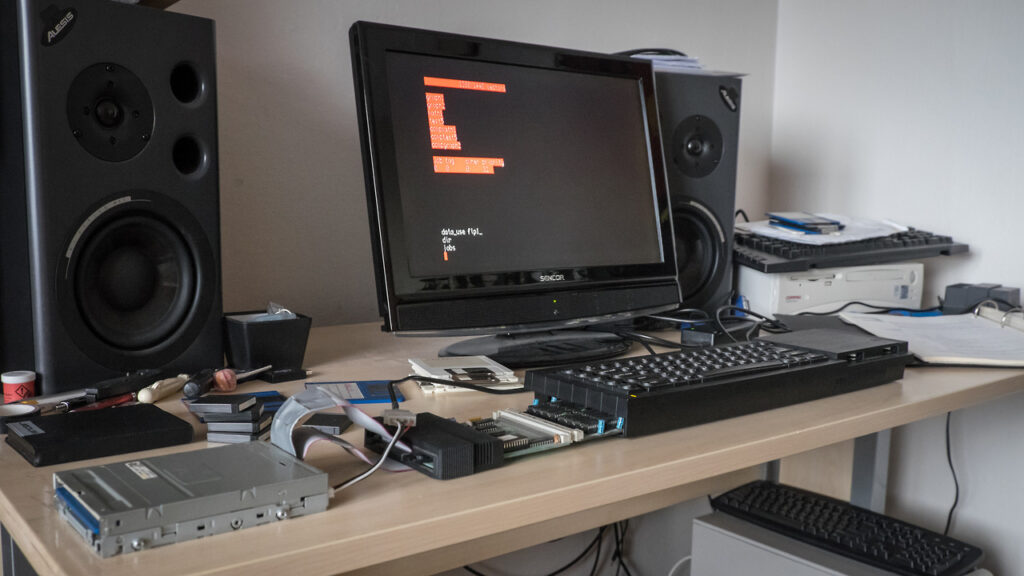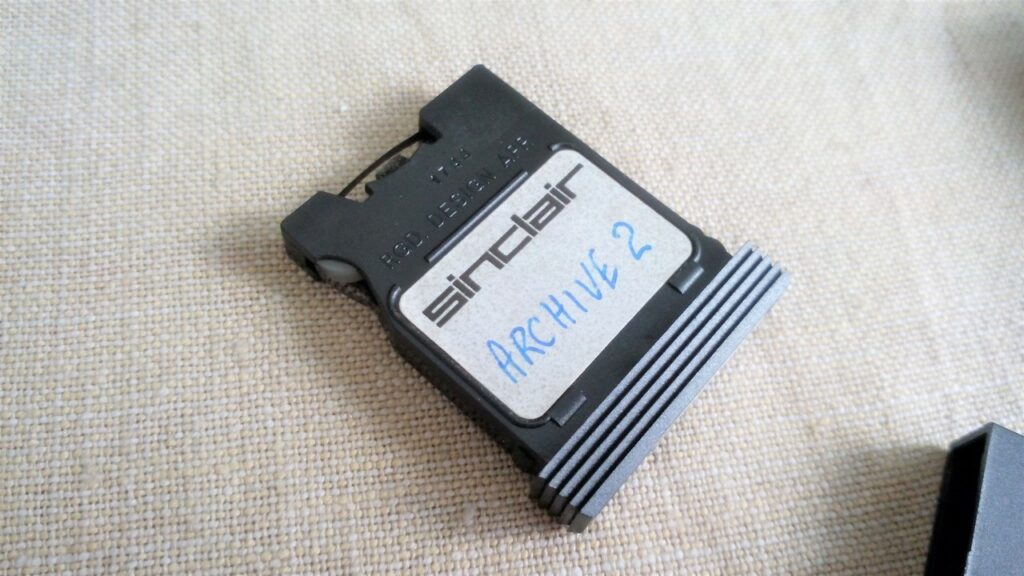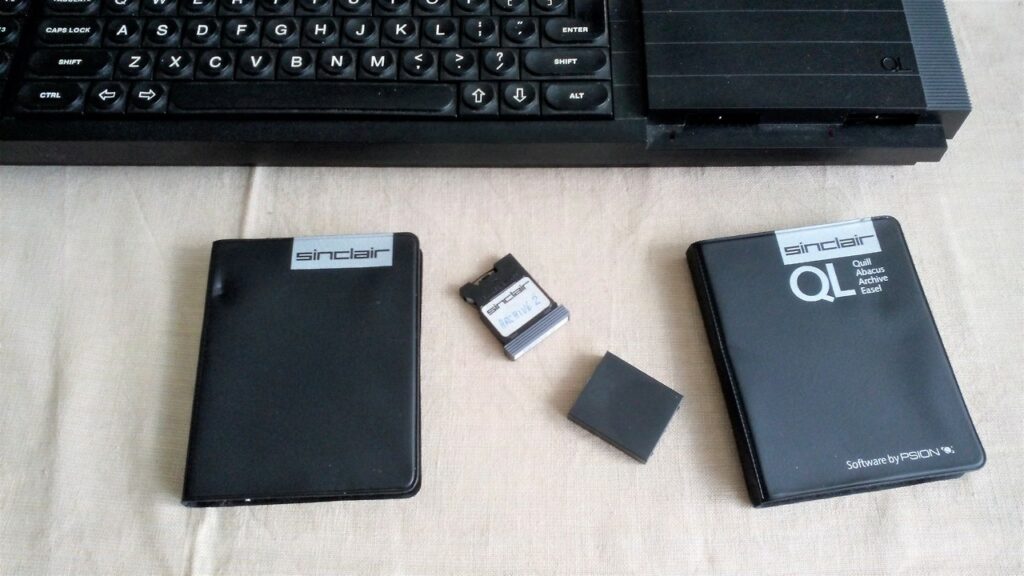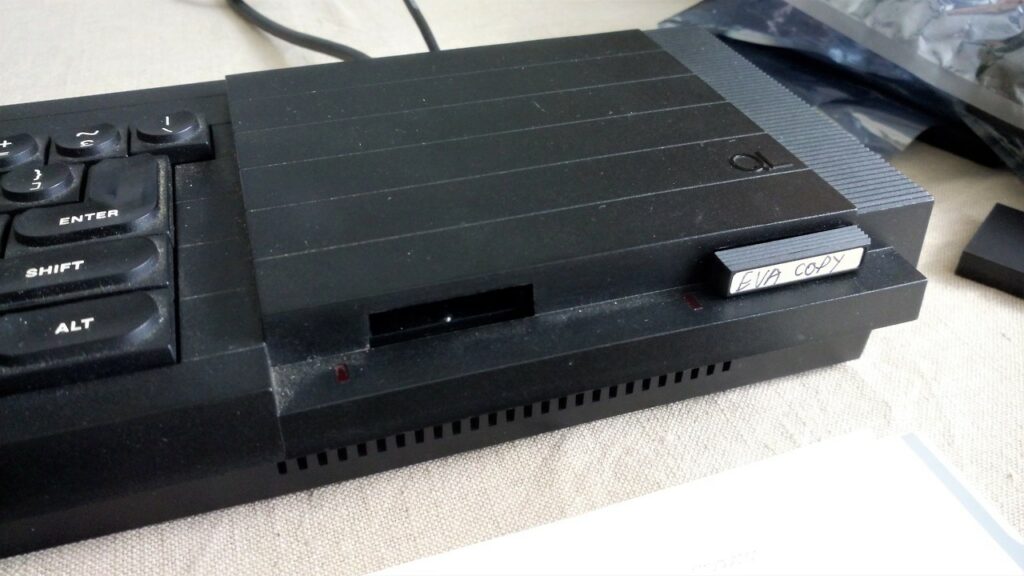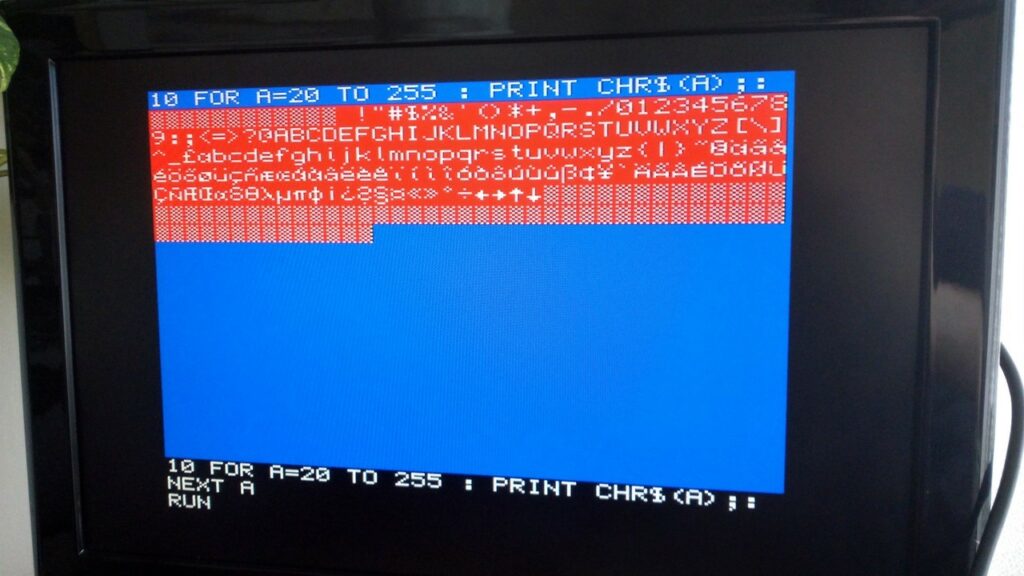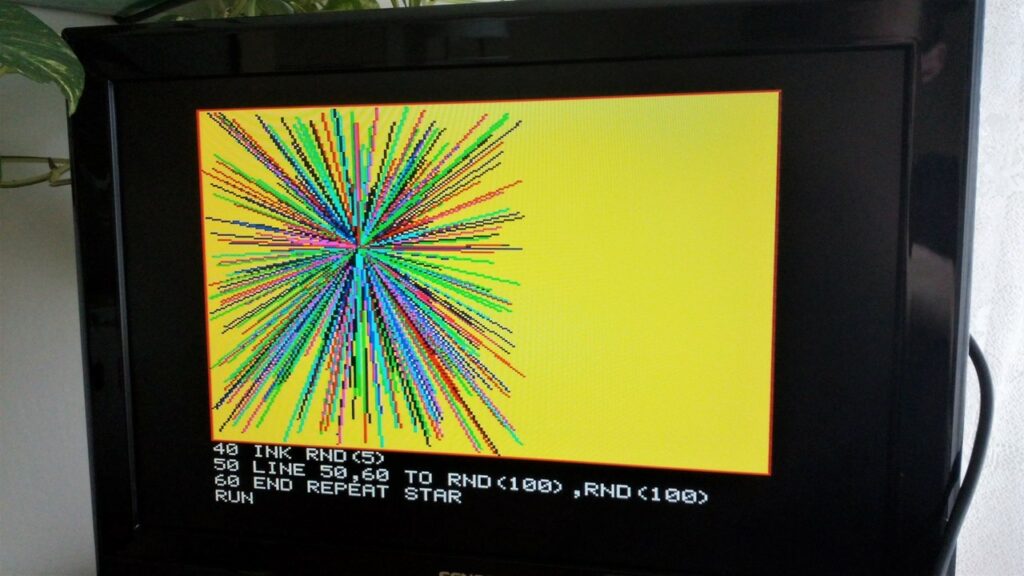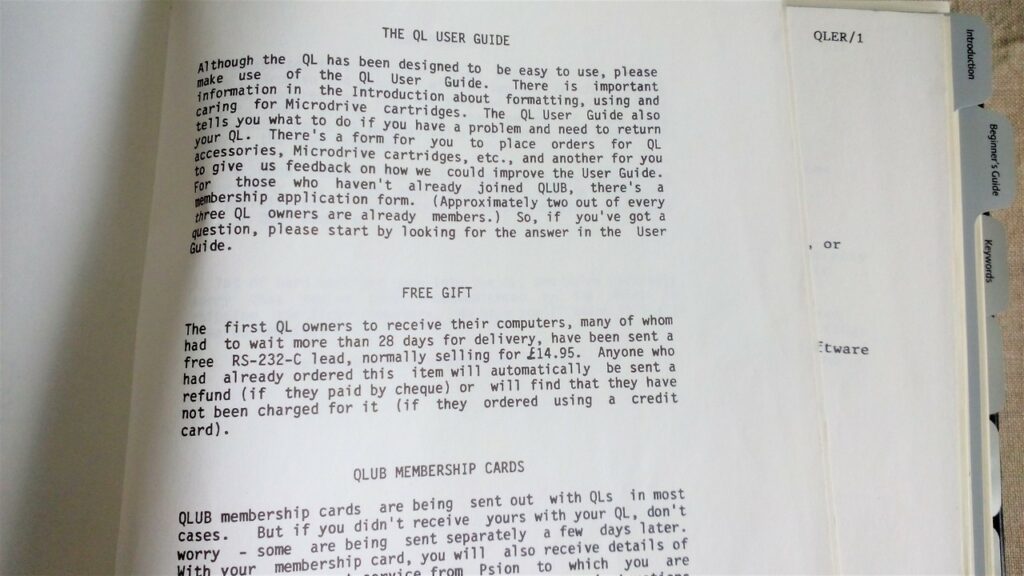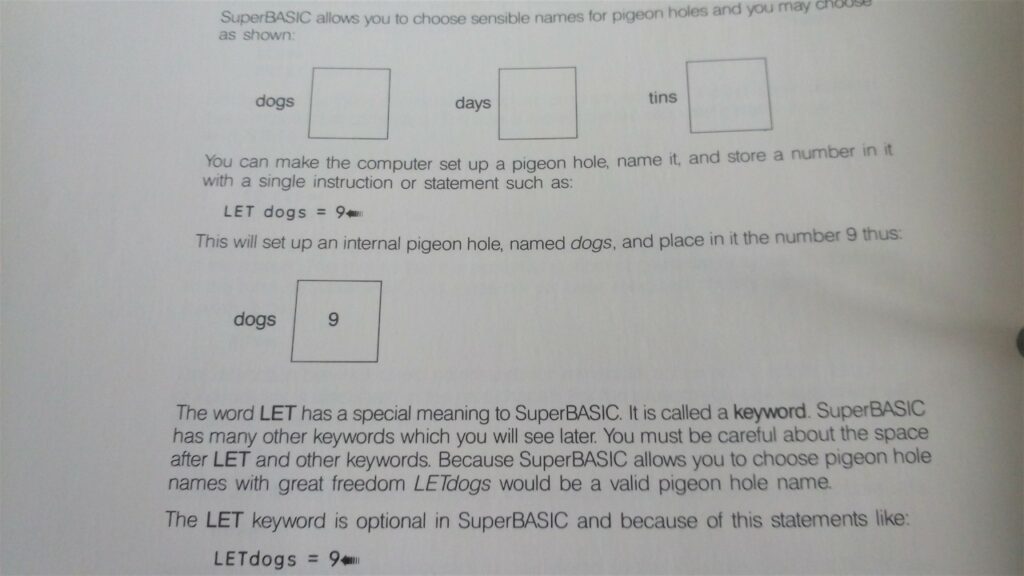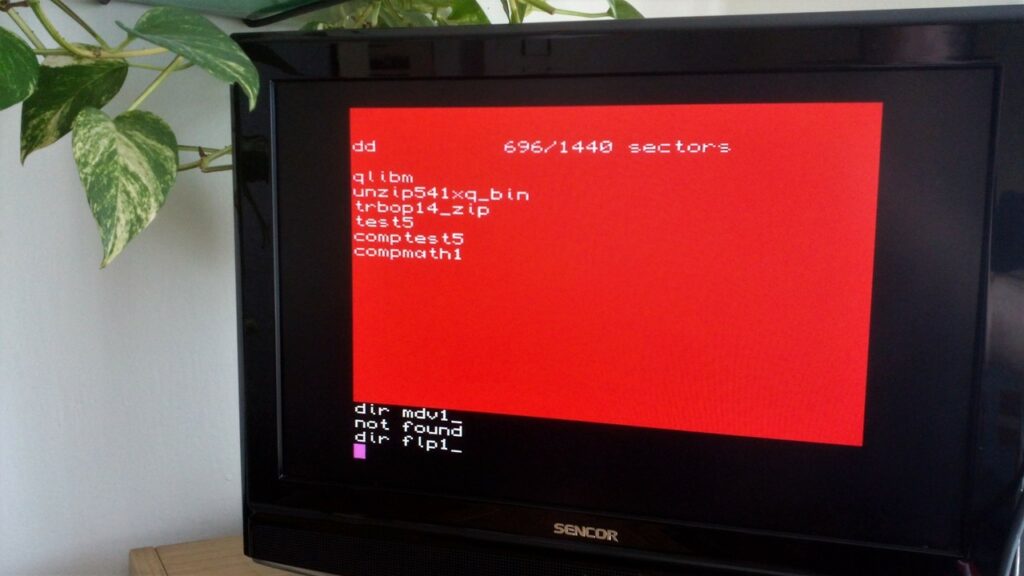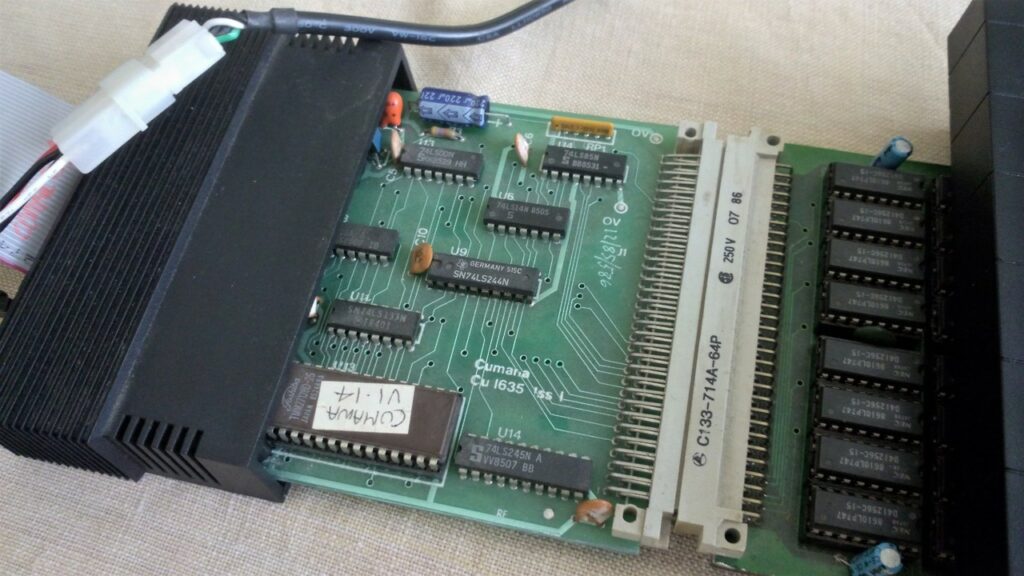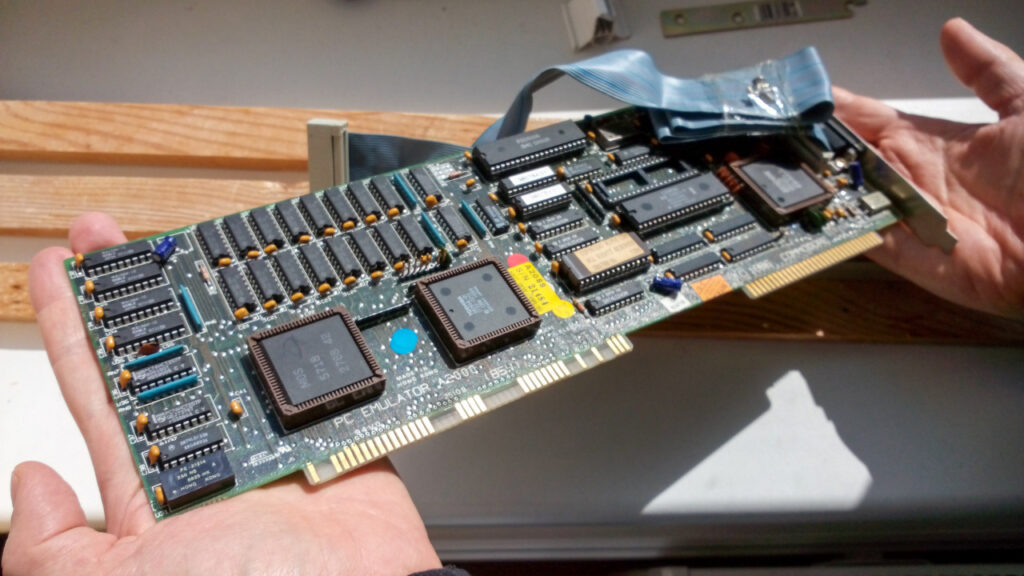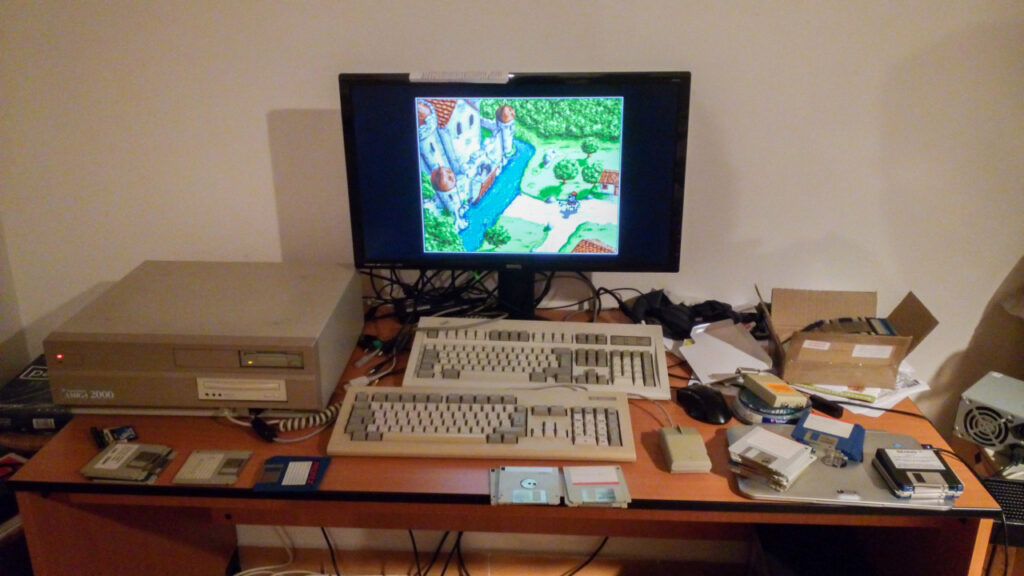Mac OS 7.1 CZ, Serial Cable and File Share
I’ve installed a new “hard disk” in my PowerBook 100 a few months ago. However, until now, there was no time to install an operating system other than the primitive System 6.0.8E that I used in the floppy-only mode. My goal was to have a Czech version that would allow me to read and write documents with our unique letters like Ř/ř. With a help of my friend, I got the floppy images of Mac OS 7.1 CZ and was able to copy them on real floppies (using my modern iBook G4 and a generic USB drive).
Working with old Macs can be painful due to use of file metadata (called resource forks) that can be lost very easily. Old Mac apps insist on this metadata and refuse to open a file if metadata is lost. Having a modern Mac is always handy to prevent these situations.
I don’t have a Mac serial cable. However, I recently bought two adapters for the conversion from Mac/SGI 8-pin mini-DIN to PC DB9. Connecting these adapters to a standard null-modem on both sides worked well and I was able to copy programs and documents from another old Mac. I’ve also managed copying files from/to a modern Windows PC. I pack the files into a ZIP file (to preserve resource forks) inside a Mac emulator and copy it using ZMODEM.
